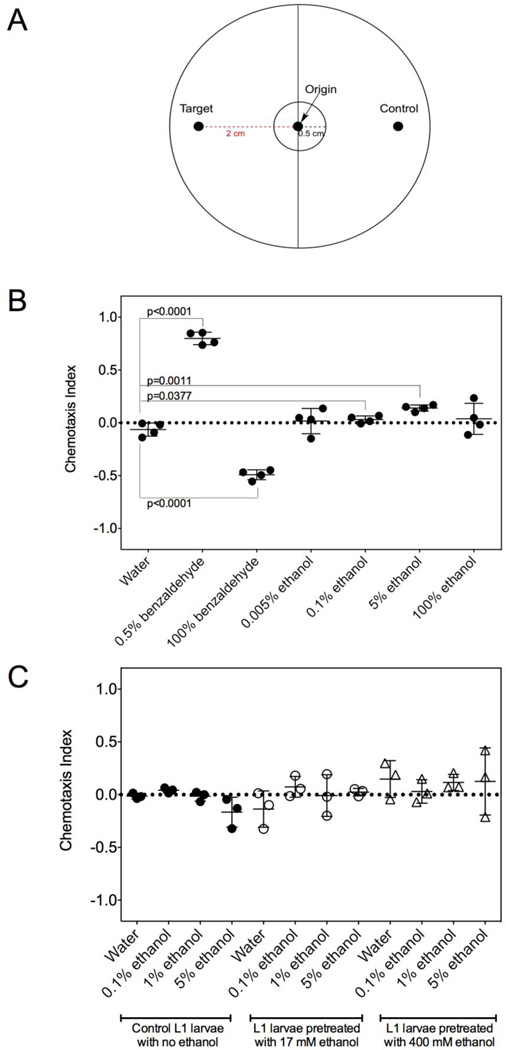Figure 3. L1 larvae of C. elegans do not robustly chemotax to ethanol.
(A) Chemotaxis assays were performed using approximately 50–150 L1 larvae as described in the “Materials and Methods” section. Animals were scored if they migrated more than 0.5 cm from the origin and a chemotaxis index was calculated as described in the “Materials and Methods” to determine if a particular molecule was a chemoattractant or chemorepellent compared to the water control. Low (0.5%) and high (100%) concentrations of benzaldehyde served as attractant and repellent controls, respectively. (B) Chemotaxis assays were performed in quadruplicate to determine if L1 could chemotax to various concentrations of ethanol as described in the “Materials and Methods” section. The horizontal line denotes the average and the error bars represent standard deviations. (C) The effect of ethanol pre-exposure on L1 larvae chemotaxis. L1 larvae were hatched from eggs on plates containing 17 mM or 400 mM ethanol for 20–24 h as described in the “Materials and Methods” section. The animals were washed from the plate and chemotaxis assays were performed as described in the “Materials and Methods” section. Experiments were performed in triplicate. The horizontal line denotes the average and the error bars represent standard deviations.

